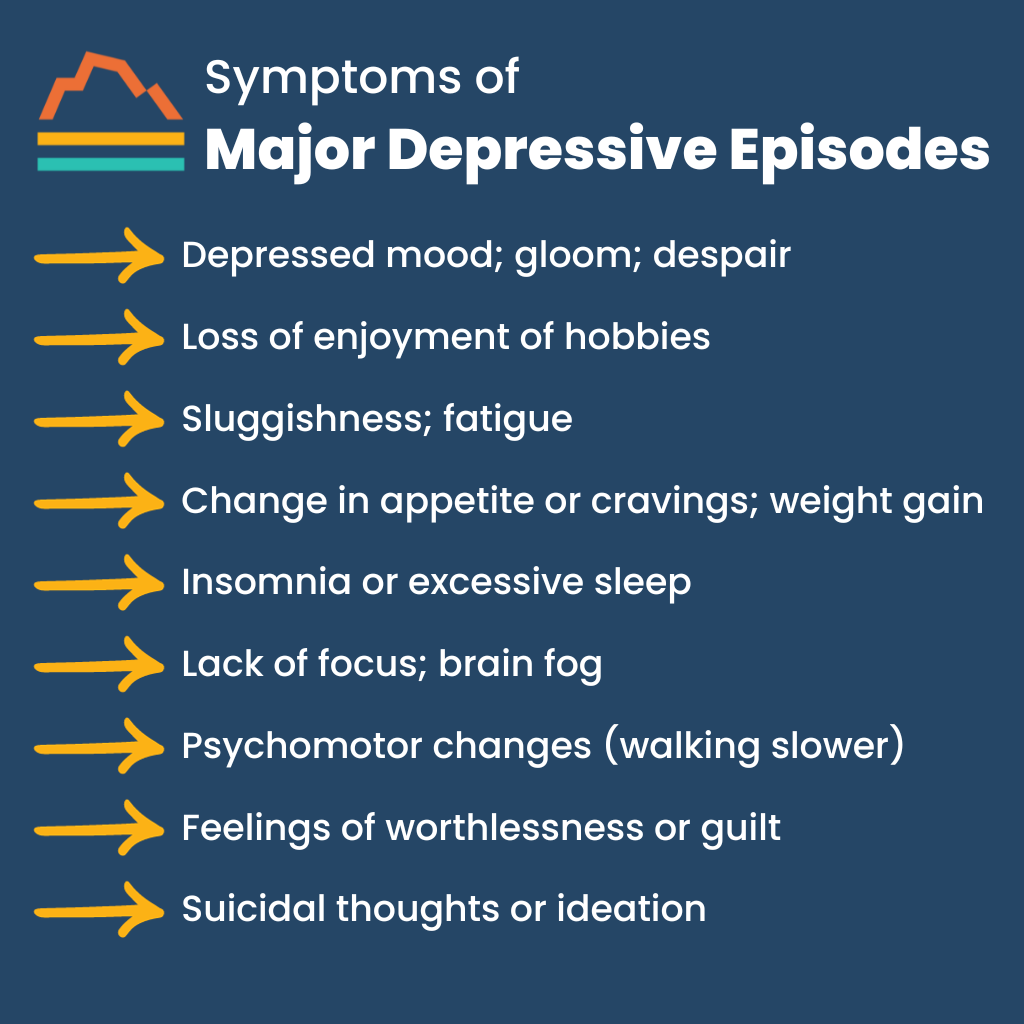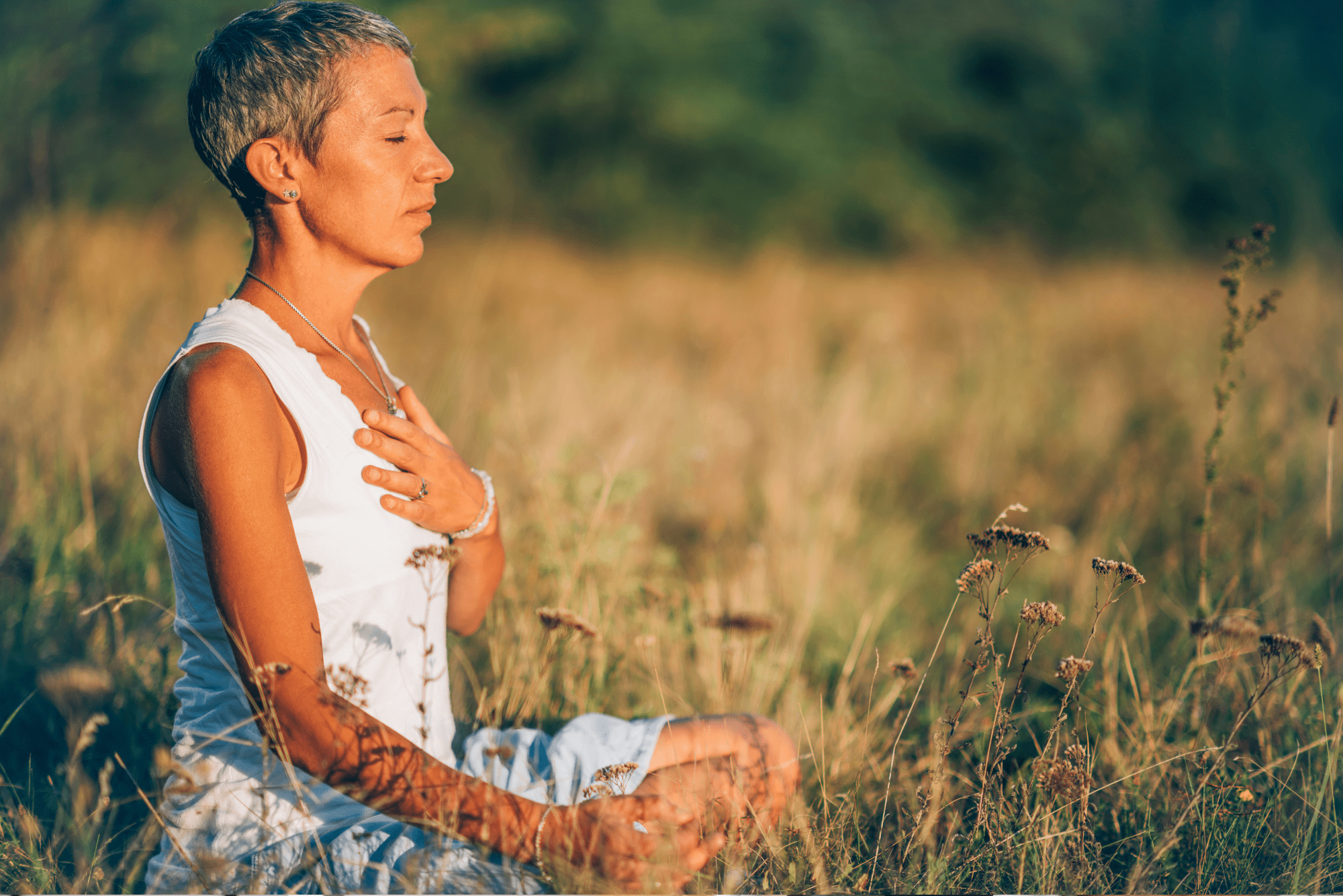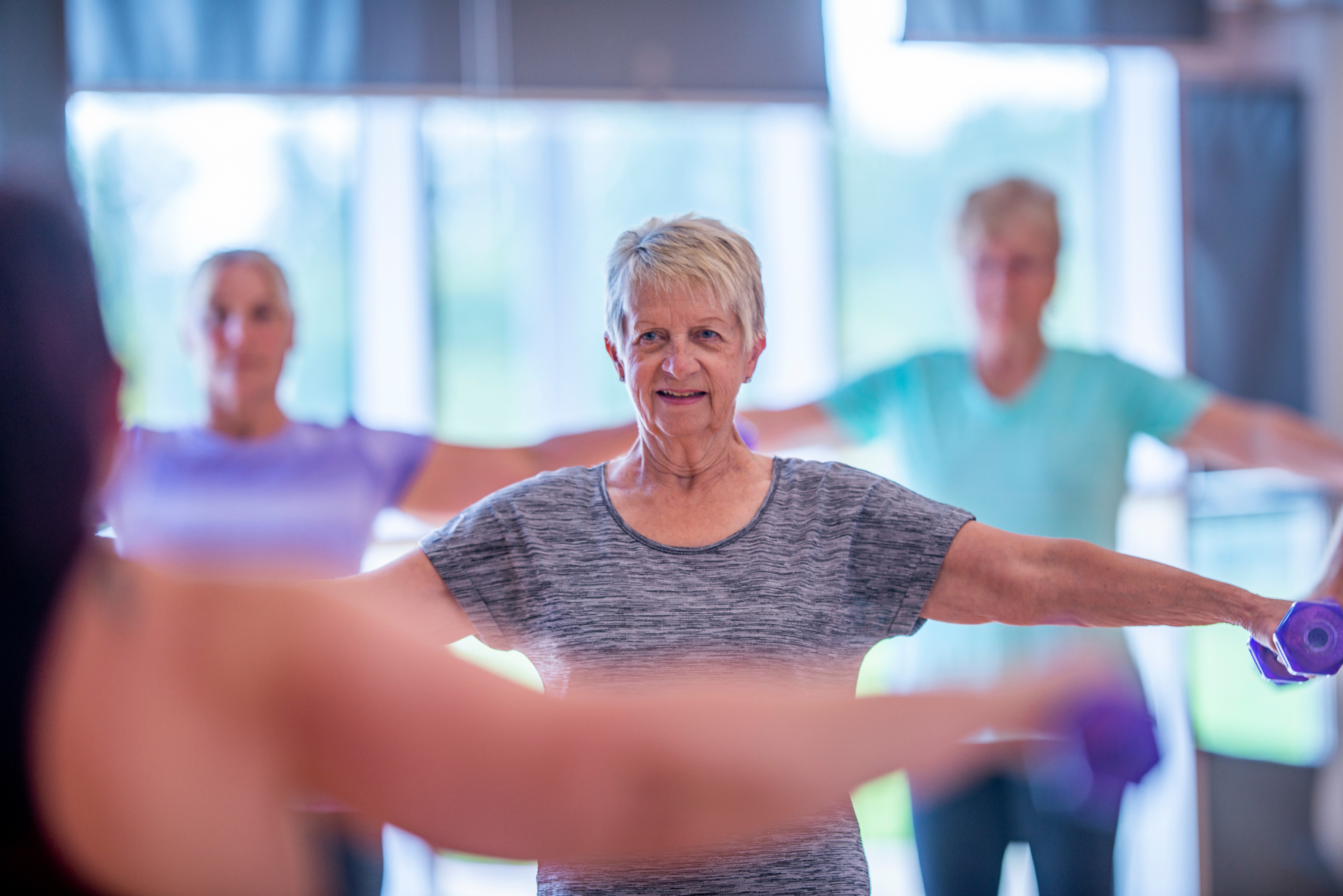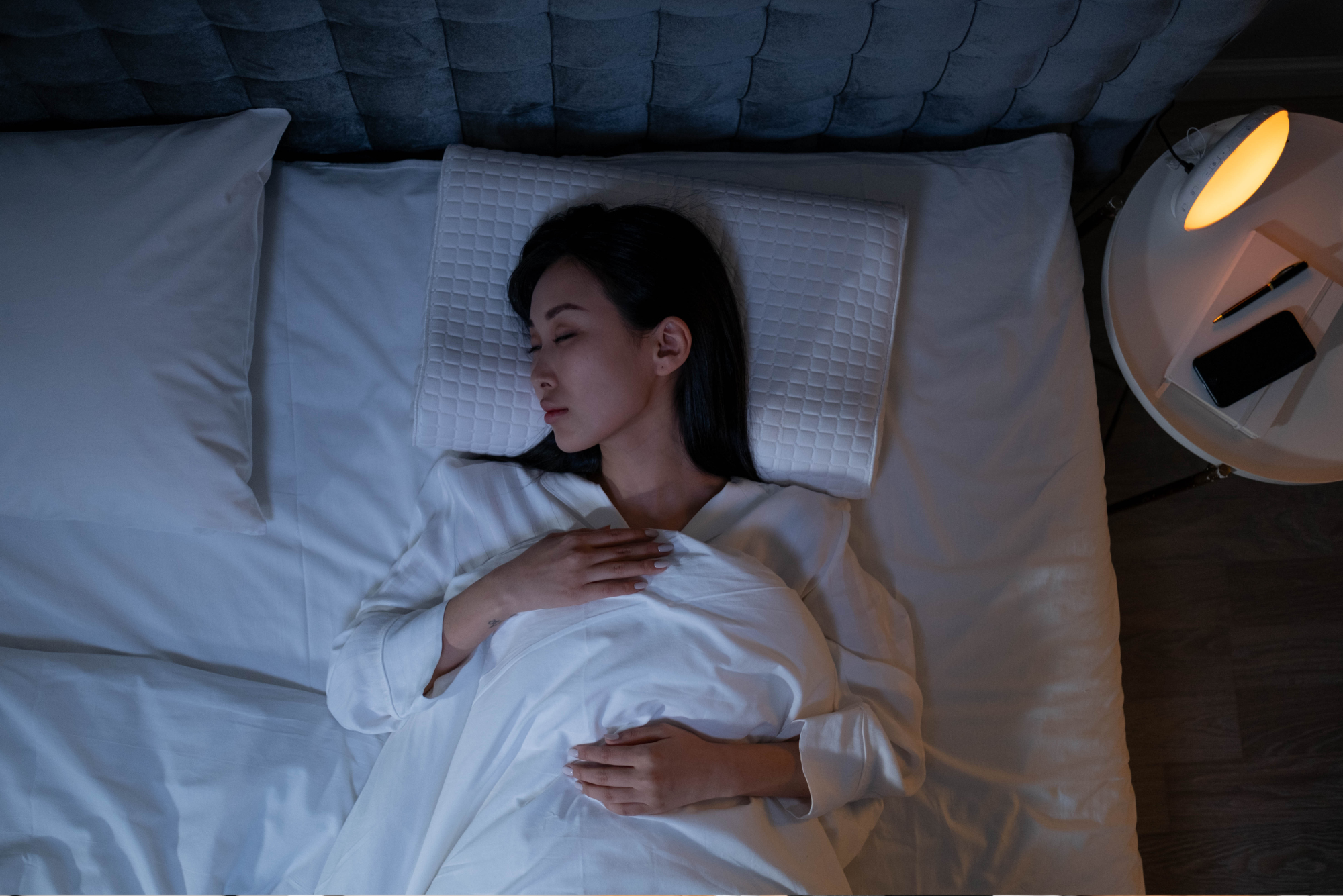Around 15 million adults in the U.S. suffer from seasonal affective disorder (SAD), or “the winter blues,” every year. According to the DSM-5 (Diagnostic and Statistical Manual of Mental Disorders — Fifth Edition), SAD isn’t its own entity. It’s a subset of depression or mania with a seasonal pattern.
If you meet five of the criteria for major depression and your symptoms present when days are short and nights are long and then improve when spring arrives, you probably have SAD.
Major depressive episodes are characterized by at least five of the following symptoms (over two weeks):
- Depressed mood; gloom; despair
- Loss of enjoyment of hobbies
- Sluggishness; fatigue
- Reduced appetite or increased food cravings and weight gain
- Insomnia or excessive sleep
- Lack of focus; brain fog
- Psychomotor changes (walking slower)
- Feelings of worthlessness or guilt
- Suicidal thoughts or ideation
Symptoms of seasonal depression subside every spring and recur in the fall. This pattern must repeat for at least two years to result in a diagnosis.

The Biology Behind SAD
Culturally, we’ve evolved to associate light with happiness and darkness with fear. However, biologically, our genetically-influenced circadian clocks determine how we respond to light and darkness.
Physiologically, it works the same way for all of us. The rods in our eyes detect sunlight and activate the retinal ganglion cells (RGCs). That signals the suprachiasmic nucleus, which tells the pineal gland to stop producing melatonin.
When we’re exposed to less light (such as during daylight savings time or the longer nights of winter), our bodies continue to produce melatonin, which encourages sleep. SAD is the biological consequence of hormonal dysregulation precipitated by less daylight.
How Common Is SAD?
Half the population may be vulnerable to SAD, but that doesn’t mean one in every two people suffers from it. One in 20 people, or around 5% of the population, is a more accurate estimate.
The incidence of SAD depends on geography. The closer you are to the equator, the longer the daylight hours, and the less likely you are to suffer from seasonal depression.
How to Identify SAD in Yourself
Mood disorders cause dysfunction in people’s lives, including excess stress, insomnia, increased blood pressure, and other metabolic parameters, though symptoms vary from person to person. Such changes can affect your job, relationships, and sleep.
Many people realize they’re affected by depression or some form of seasonal issue. However, many also explain their feelings away, dismissing them as:
- Holiday-related stress (seeing or not seeing relatives)
- Needing a vacation
- School-related stress (final exams, etc.)
- Cold weather/feeling “cooped up”
Don’t invalidate or minimize your feelings. Your biology causes them, and they deserve attention.

What to Do if You Think You Have SAD
First, talk to your doctor. They’ll ask questions and determine a diagnosis.
If you receive a SAD diagnosis, you may need to consider medication with your doctor. Light box therapy is also extremely effective and recommended to treat seasonal and non-seasonal depression, since it has no side effects.
A light box should have a minimum exposure of 10,000 LUX and should NOT emit UV light, which can cause skin damage.
Use a light box in the morning for 20–30 minutes within the first hour of waking. Keep the light box 16–24 inches from your face. Keep your eyes open, but don’t stare at it.
Typically, you’ll feel a difference within the first few days. Be aware of the other lights you’re exposed to in your home at night. It’s best to mimic a natural light cycle as much as possible — sunset, then starlight and moonlight.
This may sound gimmicky, but it works! Ask your doctor whether a light box is a good choice for you this winter season.

Waheeda Hiller, MD
For over 20 years in Internal Medicine, Dr. Hiller has dedicated herself to providing unparalleled care to patients. She joined Banner Peak Health in 2023 as a concierge physician to better serve patients with the depth of thought, knowledge, and compassionate care they need to live the healthiest lives possible.



